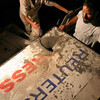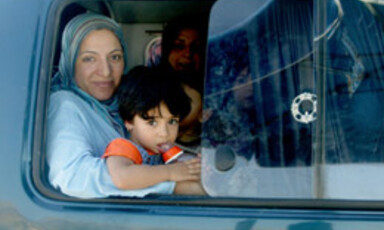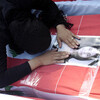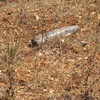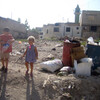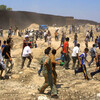
Six Palestinians killed in escalating IOF offensive on Gaza Strip
28 August 2006
According to Al Mezan field sources, on 28 August at approximately 5:50am an Israeli fighter jet fired a rocket at a group of members of the executive forces of the Palestinian Ministry of Interior, while gathering at the end of Al Mansoura Street in Al Shaja’ia. The shelling resulted in the killing of four members of these forces: Mahmoud Hamdi Jondia, 20, Mohammed Mostafa, 20, Khaled Kamal Al Ijla, 22, Ibrahim Sadeq Hellis, 20. Further, seven Palestinians, including five children were injured as a result of the constant arbitrary firing by the IOF in the area. Read more about Six Palestinians killed in escalating IOF offensive on Gaza Strip

